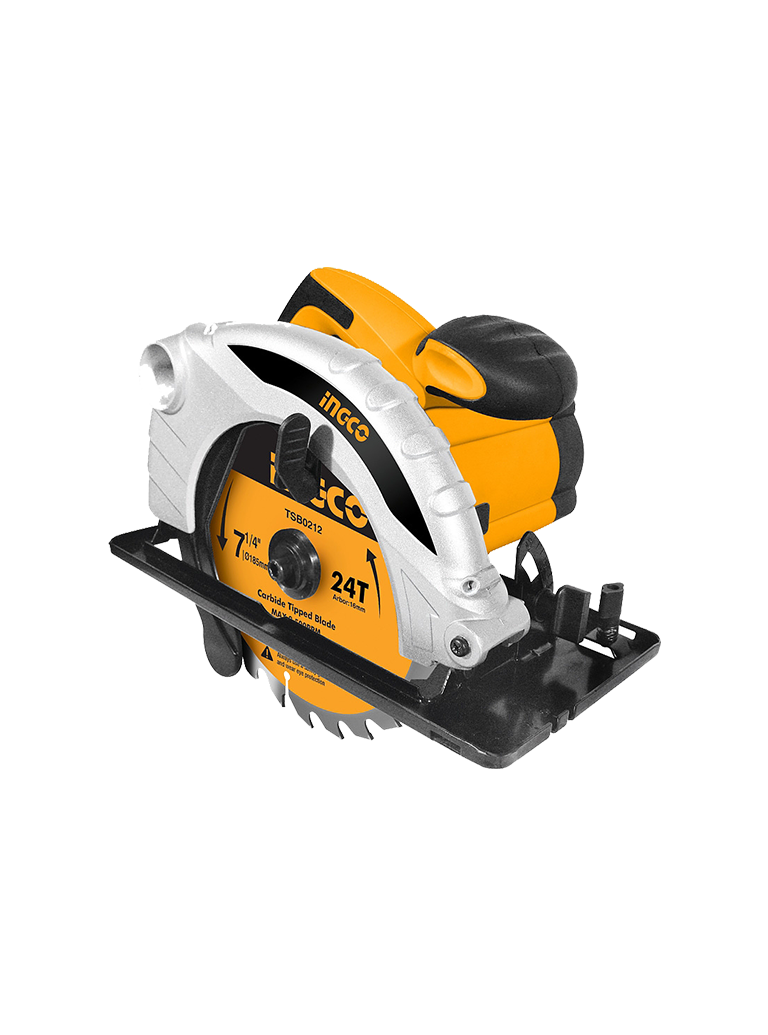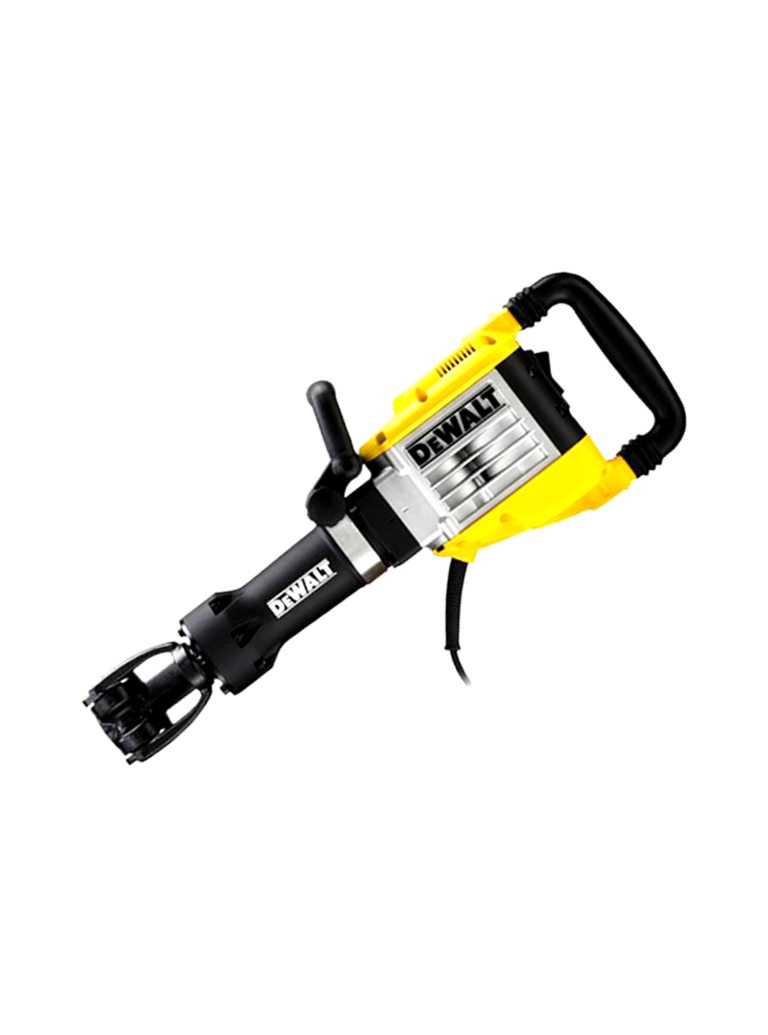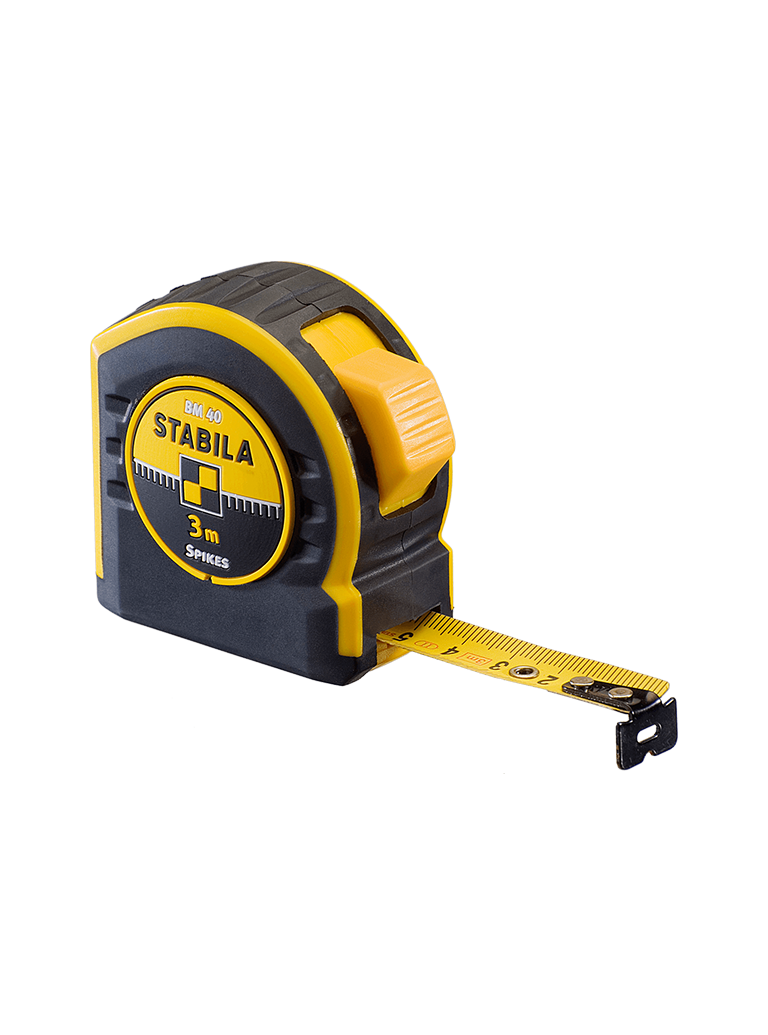Introduction
Pneumatic tools are essential across industries from construction to automotive repair, valued for their efficiency and versatility. These compressed air-powered tools require proper storage to prevent wear and tear, performance issues, or complete failure. This guide covers best storage practices and common mistakes to avoid, helping you save money long-term. For professional-grade pneumatic tools and expert advice, trust SPS Pneumatic Tools.
Table of Contents
- Why Proper Storage Matters
- Common Storage Mistakes
- Best Practices for Storing Pneumatic Tools
- Maintenance Tips Before Storage
- Recommended Storage Solutions
- Benefits of Proper Tool Storage
- SPS Pneumatic Tools: Your Trusted Partner
- Conclusion
1. Why Proper Storage Matters
Pneumatic tools are precision instruments requiring careful storage to maintain performance. Improper storage can cause:
- Corrosion: Moisture exposure leads to rust on internal components
- Debris Build-Up: Dirt clogs air passages, reducing efficiency
- Seal Damage: Poor conditions degrade rubber seals, causing air leaks
- Accidents: Unsecured tools can fall or be mishandled
Proper storage extends tool life while ensuring safe, efficient operation when needed.
2. Common Storage Mistakes
Avoid these frequent storage errors:
| Mistake | Impact |
|---|---|
| Leaving tools connected to air supply | Can lead to accidental activation or pressure build-up |
| Storing in humid environments | Causes rust and corrosion on internal components |
| Not cleaning before storage | Allows damaging dirt/debris accumulation |
| Improperly coiling air hoses | Creates kinks/tangles that reduce airflow |
| Using petroleum-based lubricants | Damages rubber seals and O-rings |
3. Best Practices for Storing Pneumatic Tools
1. Clean Before Storing
Wipe away dirt/debris with a soft cloth, especially on moving parts like feed systems.
2. Use Protective Cases
Store in cases or wall-mounted racks to prevent dust/moisture damage.
3. Control Humidity
Maintain dry storage conditions to prevent rust/corrosion.
4. Disconnect Air Supply
Prevent accidental activation by disconnecting hoses.
5. Lubricate Moving Parts
Apply manufacturer-recommended oil into air inlets before storage.
6. Organize Air Hoses
Coil hoses using half-turn method to avoid kinks/tangles.
7. Inspect Regularly
Periodically check stored tools for rust, wear, or damage.
4. Maintenance Tips Before Storage
- Inspect for Damage: Check for cracks, loose fittings, or worn seals
- Replace Filters: Ensure clean air filters before storage
- Test Functionality: Briefly run tools after lubrication to distribute oil
- Secure Attachments: Remove bits/attachments that could get damaged
5. Recommended Storage Solutions
| Storage Solution | Advantages |
|---|---|
| Wall-Mounted Racks | Organizes tools off floor; reduces moisture exposure |
| Toolboxes with Foam Inserts | Provides cushioning; portable for mobility |
| Climate-Controlled Cabinets | Prevents rust in high-value tools; controls humidity |
| Hanging Hooks | Saves space; keeps hoses untangled |
For help selecting storage solutions, visit SPS Pneumatic Tools.
6. Benefits of Proper Tool Storage
- Extended Lifespan: Prevents environmental wear
- Improved Performance: Keeps components clean/lubricated
- Cost Savings: Reduces repair costs and downtime
- Enhanced Safety: Minimizes accident risks
- Better Organization: Easy tool location when needed
7. SPS Pneumatic Tools: Your Trusted Partner
SPS Pneumatic Tools provides:
- Expert maintenance/storage advice
- Durable storage racks and cases
- Professional repair services
- Comprehensive pneumatic equipment range
Our expertise ensures your tools remain in peak condition for years.
8. Conclusion
Proper storage is crucial for pneumatic tool efficiency and longevity. By cleaning tools after use, controlling humidity, using protective cases, and conducting regular inspections, you'll minimize repairs and downtime. For all your pneumatic tool maintenance needs and storage solutions, rely on SPS Pneumatic Tools to protect your valuable equipment investments.




